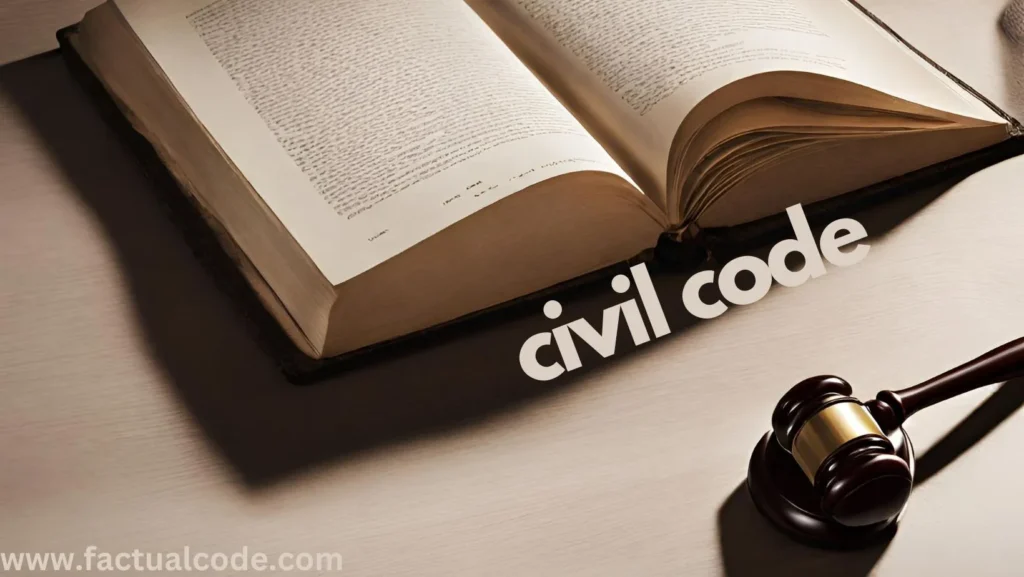Introduction to Procedural Law
Procedural law serves as the structural foundation of legal adjudication, ensuring the orderly enforcement of substantive rights and obligations. It establishes the legal framework governing litigation, detailing the methodologies, mechanisms, and judicial principles that uphold due process and procedural equity. Unlike substantive law, which defines legal rights and duties, procedural law prescribes the formalized pathways through which these rights and duties are asserted, challenged, and enforced in a court of law.
Fundamental Characteristics
Institutional Enforcement Mechanism: Procedural law codifies the judicial protocols necessary for the structured resolution of legal disputes.
Regulatory Framework for Adjudication: It prescribes rules governing civil, criminal, and administrative proceedings, ensuring procedural uniformity and consistency.
Protection of Due Process: By mandating procedural transparency, adherence to legal norms, and judicial impartiality, it safeguards litigants’ rights and reinforces trust in the legal system.
- Adherence to Legal Norms: Procedural law ensures that legal disputes are resolved in a manner that upholds due process, ensuring that decisions are made based on consistent principles.
Classifications of Procedural Law
Civil Procedural Law: Governs litigation in civil matters, encompassing pre-trial motions, evidentiary standards, trial procedures, and appellate review. (e.g., the Code of Civil Procedure, 1908 in India).
Criminal Procedural Law (BNSS 2023): Regulates the investigation, indictment, trial, sentencing, and appeal processes in criminal litigation, ensuring adherence to principles of fairness and legal certainty.
Administrative Procedural Law: Establishes the legal procedures governing administrative adjudication, regulatory enforcement, and rulemaking by administrative bodies.
Significance of Procedural Law
Ensures Adjudicative Fairness: By instituting procedural safeguards, it guarantees equitable treatment of litigants and mitigates judicial arbitrariness.
Promotes Legal Certainty: Fosters consistency in legal proceedings, minimizing the risk of procedural discrepancies and judicial caprice.
Enhances Access to Justice: Establishes clear procedural pathways for individuals and entities to seek legal redress effectively.
Standardizes Judicial Processes: Ensures coherence across judicial decisions by maintaining adherence to procedural norms and legal precedents.
Core Doctrines and Concepts
Jurisdictional Competence: Determines the authority of a court to adjudicate specific legal matters.
Pleadings and Procedural Formulation: Regulates the articulation of legal claims, defenses, and counterclaims within a structured procedural framework.
Trial Methodology: Defines evidentiary and procedural requirements, including examination-in-chief, cross-examination, and legal argumentation.
Appellate Review Mechanisms: Governs the hierarchical review of lower court decisions, ensuring rectification of substantive and procedural errors.
Conclusion
Procedural law is the backbone of the legal system, ensuring that substantive legal norms are administered in a structured and coherent manner. By instituting due process safeguards, procedural law upholds judicial integrity, reinforces public confidence in legal institutions, and facilitates the fair and efficient resolution of disputes. A profound understanding of procedural law is indispensable for legal scholars and practitioners dedicated to the principles of justice and legal efficacy.
🔧 Legal Insight: Procedural law provides the framework through which substantive laws are applied. It outlines the steps, methods, and processes for enforcing rights and obligations, ensuring fair trials and judgments. This branch of law includes rules on filing suits, presenting evidence, and executing judgments. To better understand how procedural law interacts with civil litigation, explore our comprehensive guide on How to Read CPC (Code of Civil Procedure, 1908).

